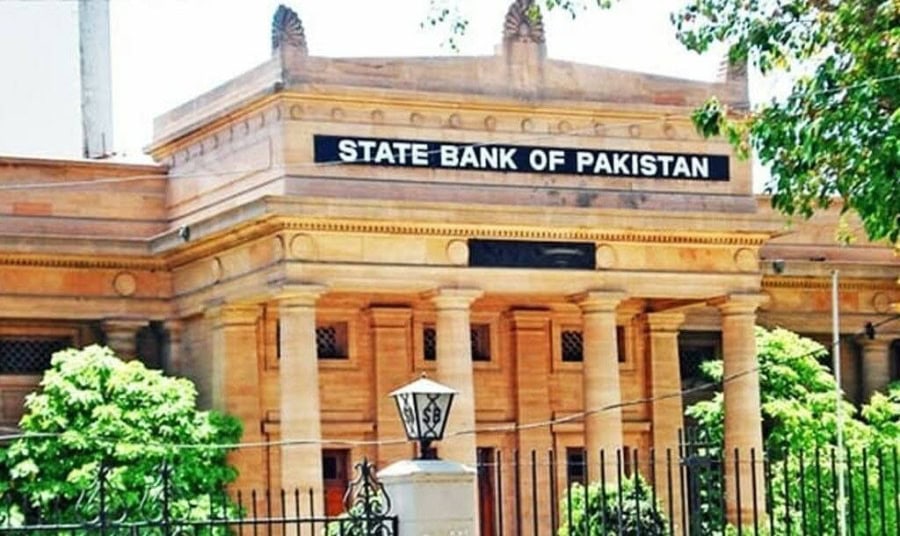KARACHI – The fiscal year 2024 witnessed improvements across key macroeconomic indicators after two challenging years, according to the Governor’s Annual Report (GAR) for FY24 released by the State Bank of Pakistan (SBP) today.
GAR is published for presentation to the Majlis-e-Shoora (Parliament) regarding the Bank’s objectives, conduct of monetary policy, the state of the economy and the financial system.
The Report highlights that National CPI (NCPI) inflation decreased in FY24, particularly in the second half of the fiscal year, amid continued tight monetary policy stance, fiscal consolidation, and softer global commodity prices.
The Report notes that these trends came alongside the easing of external account pressures, contributing to a build-up of foreign exchange reserves, which together with FX market reforms including in exchange companies instilled stability in the foreign exchange market.
The year also witnessed a moderate agriculture-led GDP growth that was supported by a small but gradual recovery in large scale manufacturing against a sharp contraction in FY23.
The Report highlights that while early signs of improvement in macroeconomic conditions, especially the inflation outlook, were visible since the first quarter of FY24, the SBP remained cautious against a premature monetary easing. Instead, it kept the policy rate unchanged at 22 percent until nearly the end of FY24, to eliminate the risks of deep entrenchment of inflationary pressures.
The Report notes that this stance was supplemented by the alignment of fiscal policy with the tight monetary policy stance, where the year saw the first primary surplus in 17 years that also contributed to a notable decline in public debt in terms of GDP.
The deceleration in inflation in H2-FY24 was also supported by exchange rate stability that stemmed from the narrowing of current account deficit to a 13-year low coupled with the US$ 3.0 billion Stand-By Agreement (SBA) with the International Monetary Fund (IMF) that contributed to improvements in overall macroeconomic environment since June 2023.
In addition, the official inflows from multilateral and bilateral external creditors following the SBA, alongside the mobilization of deposits from friendly countries; and the government’s decision to approach the IMF for an Extended Fund Facility program buoyed market sentiments and contributed to the stability in exchange rate.
The economy also benefitted from the positive spillovers of a favorable global economic environment, especially lower commodity prices and marginally higher global GDP growth,
The Report noted that almost consistent decline in both headline and core inflation during the second half of the fiscal year, provided room to the monetary policy committee to reduce the policy rate by 150 basis points to 20.5 percent in June 2024.










